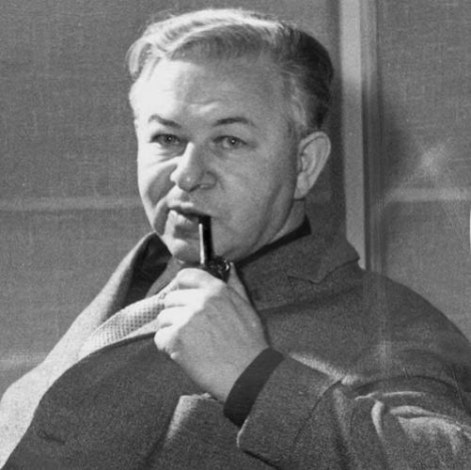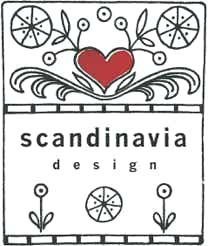15% off with DESIGN15
True classic of Scandinavian design, the Super-Ellipse Table is famous for its clipped metal legs, designed by the Swedish architect and designer Bruno Mathsson, and for the shape of its tabletop, designed by the Danish poet and scientist Piet Hein: an ellipse with rounded ends, fruit of a mathematical formula which he had developed to make the car flow easier at Sergels Torg, in Stockholm.
This variant of the oval has various interesting qualities, such as its proportions, which remain harmonious whatever the size, and the egalitarian status that it gives to the people seated around it. Thanks to it, the Super-Ellipse Table is friendly, aesthetic and economical in place within a room.
This variant of the oval has various interesting qualities, such as its proportions, which remain harmonious whatever the size, and the egalitarian status that it gives to the people seated around it. Thanks to it, the Super-Ellipse Table is friendly, aesthetic and economical in place within a room.
Height 74 cm
Base chromed or powder-coated steel
Tabletop Fenix laminate with aluminium edge or walnut veneer
Fixed Length Tables
Extensable Tables
B620 Table – 170/270 x 100 cm
from
B619 Table – 180/300 x 120 cm
from
Tabletop & Legs
Free samples (against deposit)
Fenix – White
Fenix – Black
Fenix – Grey
Fenix – Grey Efeso
Fenix – Grey Bromo
Fenix – Brown Ottawa
Walnut veneer
Leg finishes
Piet Hein

Piet Hein (1905-1996) was a an architect, a mathematician and a poet. He was a real master of Science and Art, and he made Danish cultural life a little richer, a little prettier and a little more spiritual with his branded line, square head and quirky language. A rare ability to bring together poetry, geometry and design in harmony, where function and art have the same importance.
These are the characteristics we know from Piet Hein and this is what shows up in each of his design products, from furniture to games and lighting. All are inspired by the spirit of Piet Hein and created from the best materials, with the greatest attention to detail.
Bruno Mathsson

Bruno Mathsson was born in 1907 in Värnamo, Sweden. His father, Karl, a fourth generation master cabinetmaker, introduced his son to new technologies applied to wood very early on. Mathsson, a self-taught designer and architect, inspired by the functionalist movement, and, following in his family's footsteps, spent much of the 1920’s and 1930’s studying the functional capabilities of wood.
Mathsson's furniture is made to have curves and height, and is thus designed to ensure a certain functionality and ergonomics. He exhibited a collection of bentwood furniture at the Universal Exhibition of 1937 in Paris, thus launching his international reputation. Her Eva Chair (later called Work Chair) was purchased for public spaces in the run-up to the opening of the Museum of Modern Art in New York. In 1939, he exhibited at the New York World's Fair, and strengthened his popularity in the United States. In the 1950’s he turned his attention to architecture, often later incorporating large glass pieces into residential projects. The 1960’s allowed him to refocus on furniture and thus to embark on the work of tubular steel. He collaborated remarkably with Piet Hein, a Danish mathematician, to create the Super Ellipse Table, which rests on slender legs giving the impression that the table is hovering in the air.
Arne Jacobsen

Arne Jacobsen was born on February 11, 1902 in Copenhagen. His father, Johan Jacobsen, is a wholesale trader in safety pins and snap fasteners. His mother, Pouline Jacobsen, a bank clerk, paints floral motifs in her spare time. The family lived in a typical Victorian style home. As a contrast to his parents’ overly decorated taste, Arne paints his room in white.
Background & school relations
He met the Lassen brothers at Nærum Boarding School: later, Flemming Lassen was to become his partner in a series of architectural projects. Arne Jacobsen is a restless pupil, always up to pranks, with a self-deprecating humour. Already as a child, he showed an extraordinary talent for drawing and depicting nature through scrupulous studies. He wants to be painter, but his father felt that architect was a more sensible choice.
The Pleasant and the necessary trips abroad
Jacobsen’s travelling begin already in his twenties, when he went to sea to New York. Then followed an apprenticeship as a bricklayer in Germany and a series of study and drawing excursions to Italy. Jacobsen produced some of his finest watercolours during this period, capturing atmospheres and shapes accurately and carefully. From the beginning of his career, Jacobsen turned his gaze abroad, without abandoning Danish traditions.
Arne Jacobsen behind the design
Jacobsen production reflects his personality: an insistent, perfectionist modernist, to whom no detail was trivial, although the main picture was basically black/white and unambiguous. On the other hand, the nature-loving botanist and jovial family man: like him, his work is precise and warm, Danish and universal, modern and timeless.



























